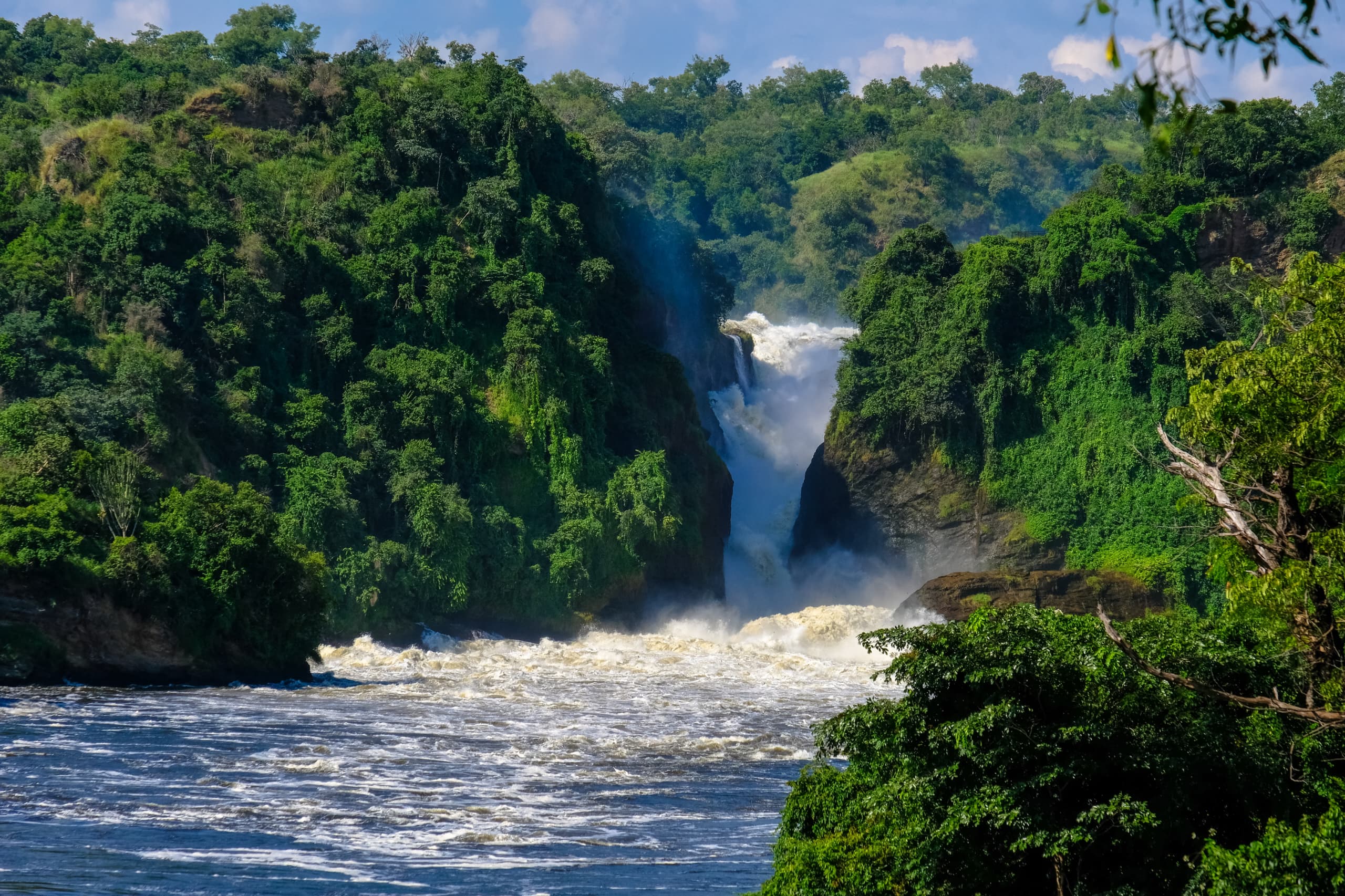(The Ultimate Gorilla Experience)
One of Africa’s oldest forests, Bwindi Impenetrable National Park has covered the margin of the Albertine Rift valley for some 25000years. The 325km2 park is home to remarkable biodiversity including 350 bird species, 310 butterflies, 200trees, 51 reptiles, 88 moths and 120 mammals. Notable among them are several primates including chimpanzees, L’Hoest’s monkey and the star attraction the mountain gorilla. With half of the global population of the endangered ape living in the Bwindi, the park is the region’s primary gorilla tracking destination. Bwindi offers more than gorilla tracking; forest trails lead to scenic waterfalls and rift valley viewpoints, while community walks through local villages provide insights into the lives of the Bakiga and Batwa (Pygmy) peoples. Bwindi is also a top bird watching destination with many Albertine Rif6t endemics, particularly in the Ruhija sector.
Bwindi Impenetrable National Park is a breathtaking natural sanctuary in southwestern Uganda. The park was originally designated as a Crown Forest Reserve in 1932, later expanded and renamed the Impenetrable Central Forest Reserve in 1964 to protect its gorilla population. It is part of the Bwindi Impenetrable Forest and sits along the border with the Democratic Republic of the Congo, near Virunga National Park covering 321km2. Bwindi Impenetrable forest is home to an incredible variety of wildlife, including half of the world’s remaining mountain gorillas. Bwindi is famous for its gorilla trekking experiences, where visitors can observe these magnificent creatures in their natural habitat. The park also boasts 120 species of mammals, 350 species of birds, and over 1,000 flowering plant species, making it one of the most ecologically diverse forests in East Africa.



